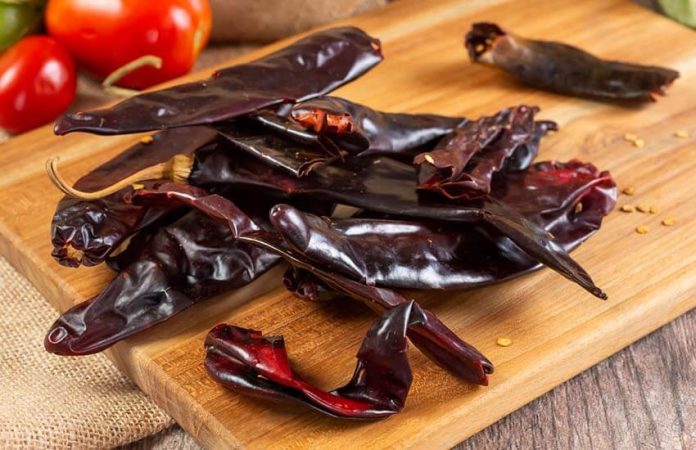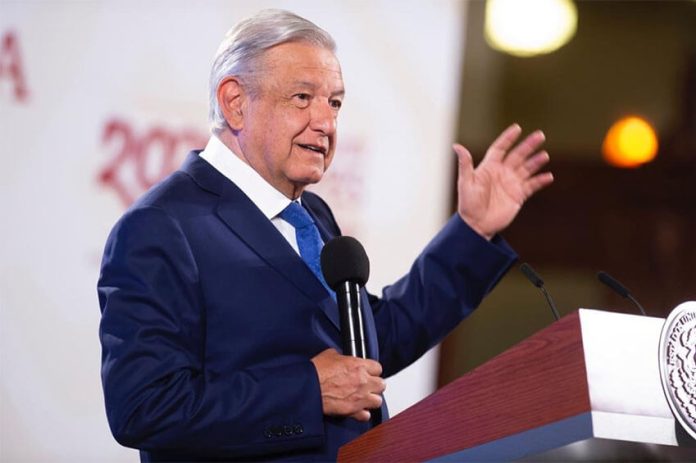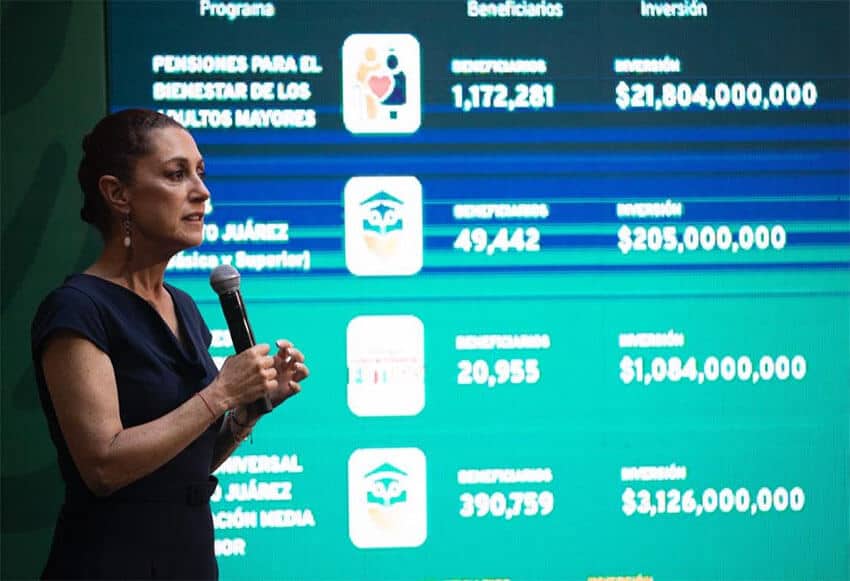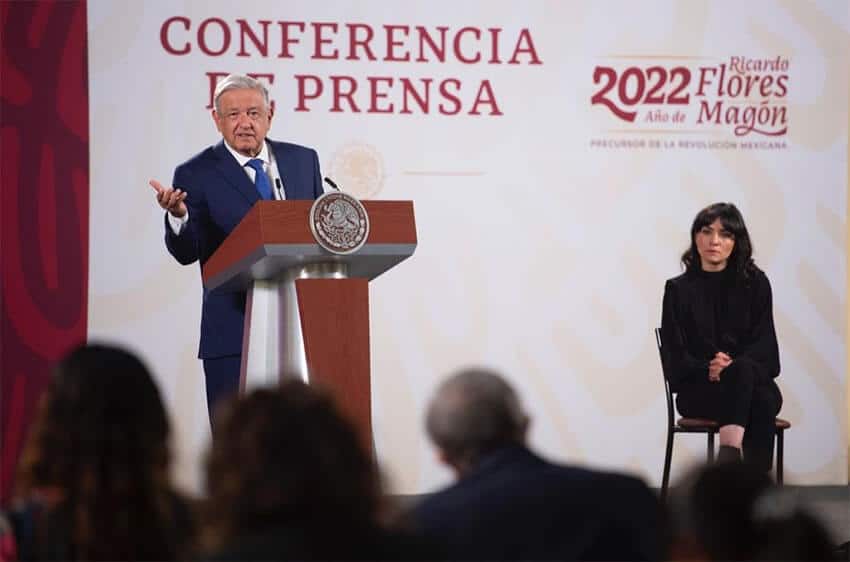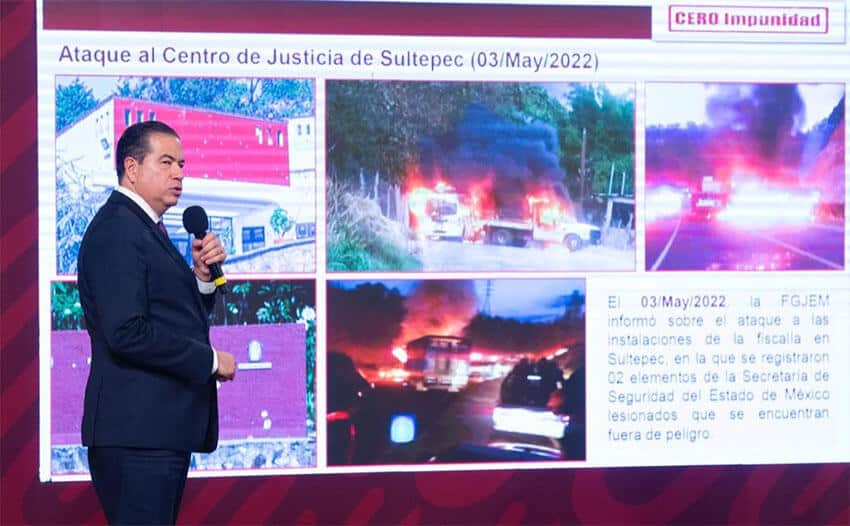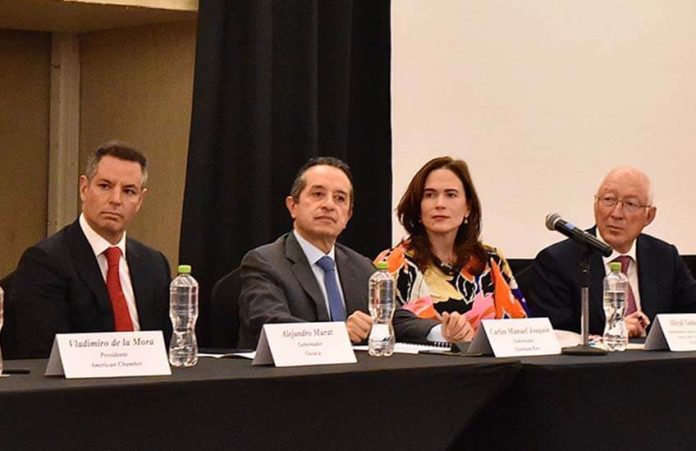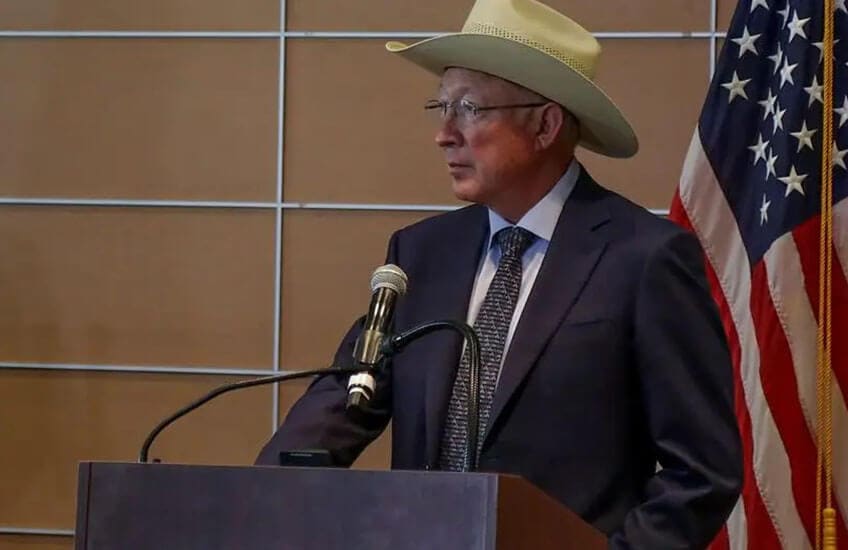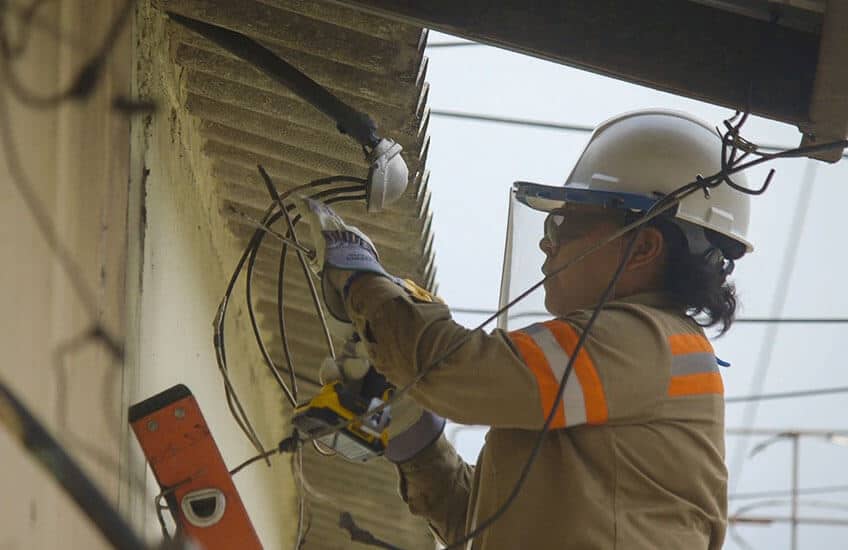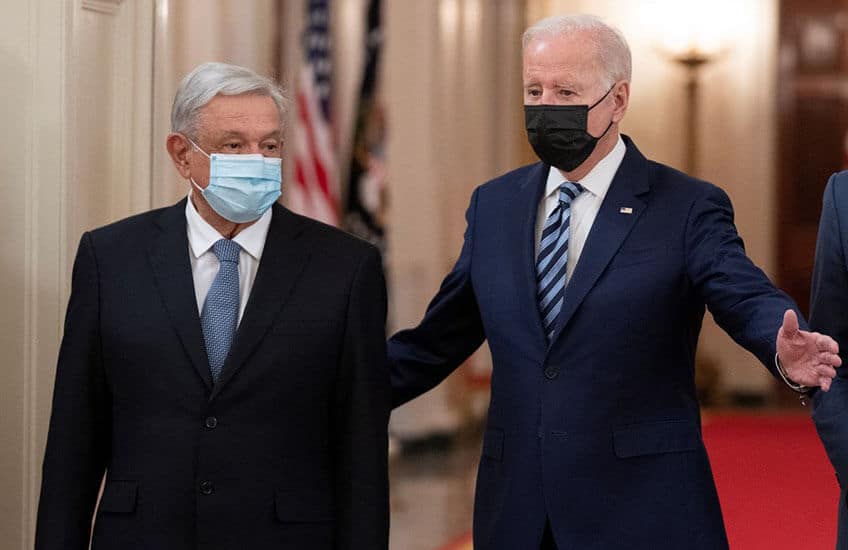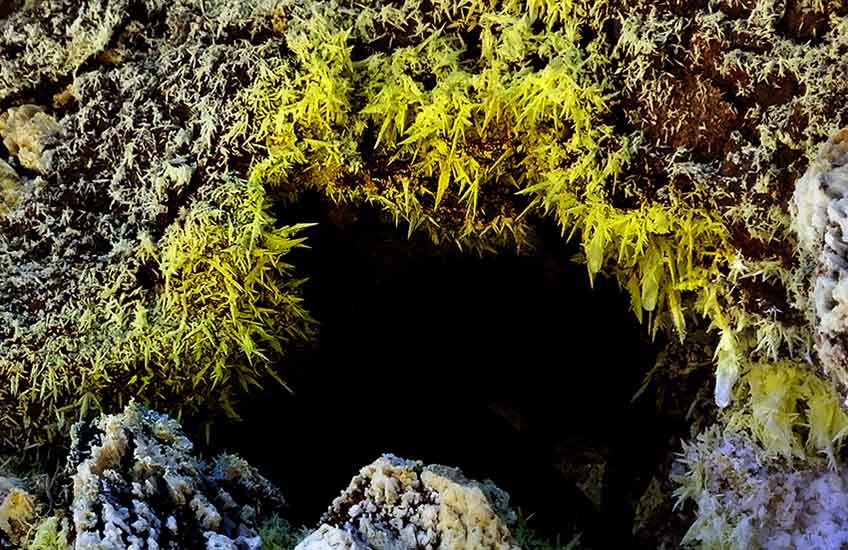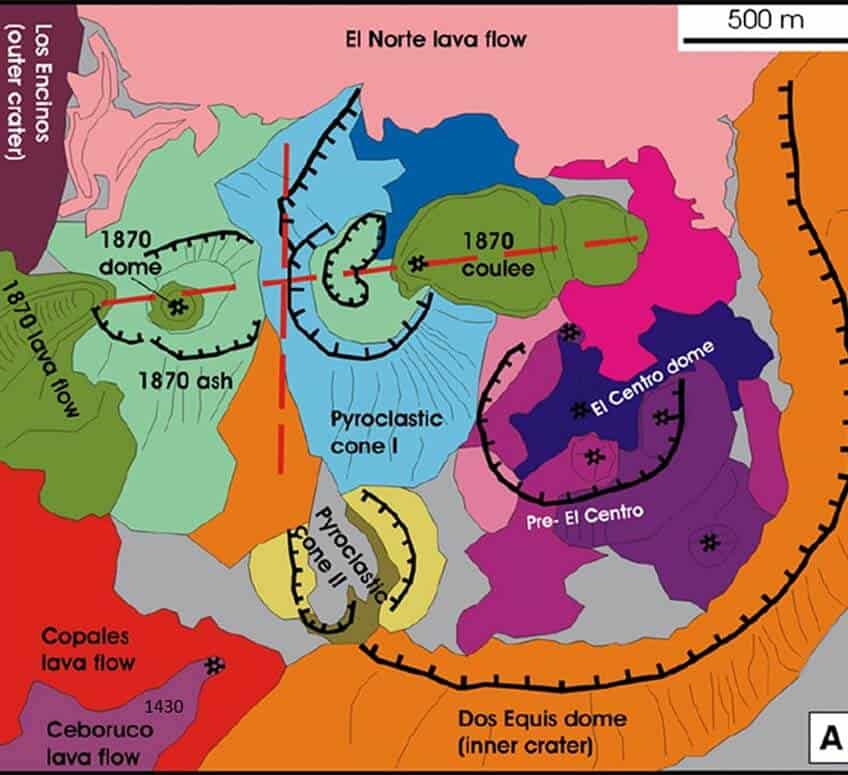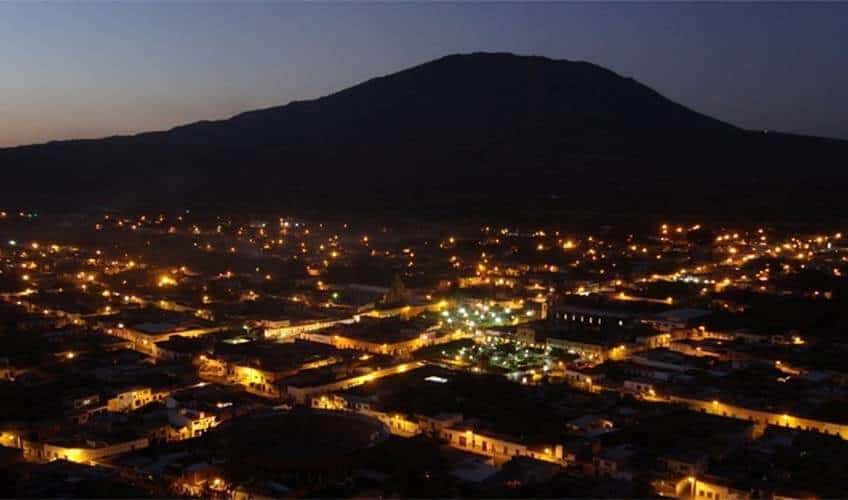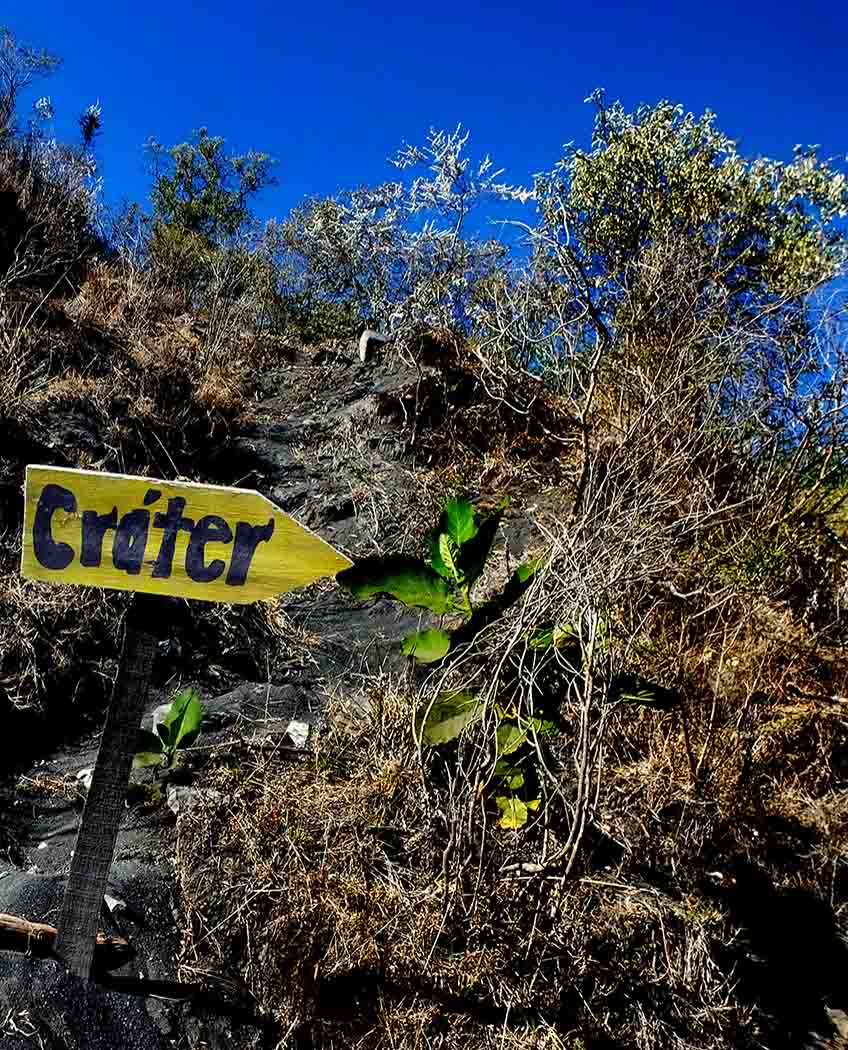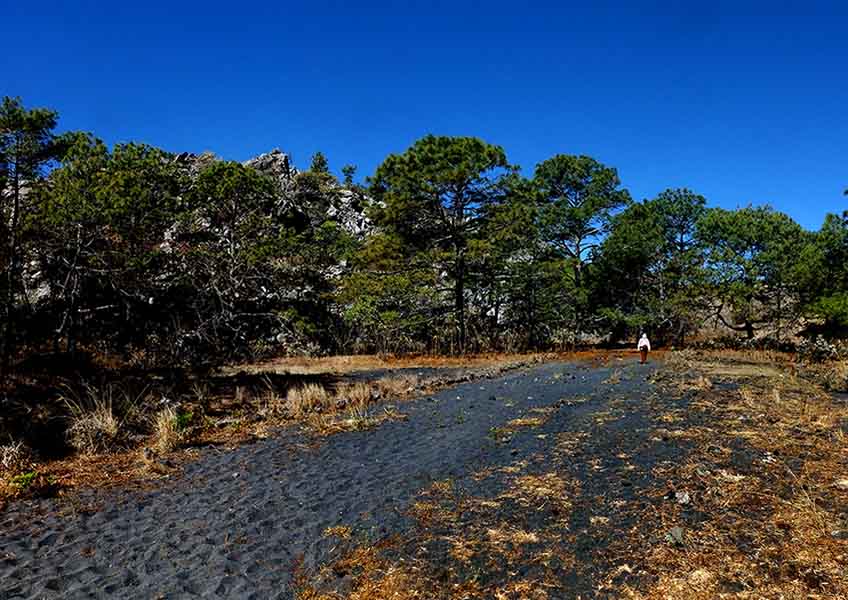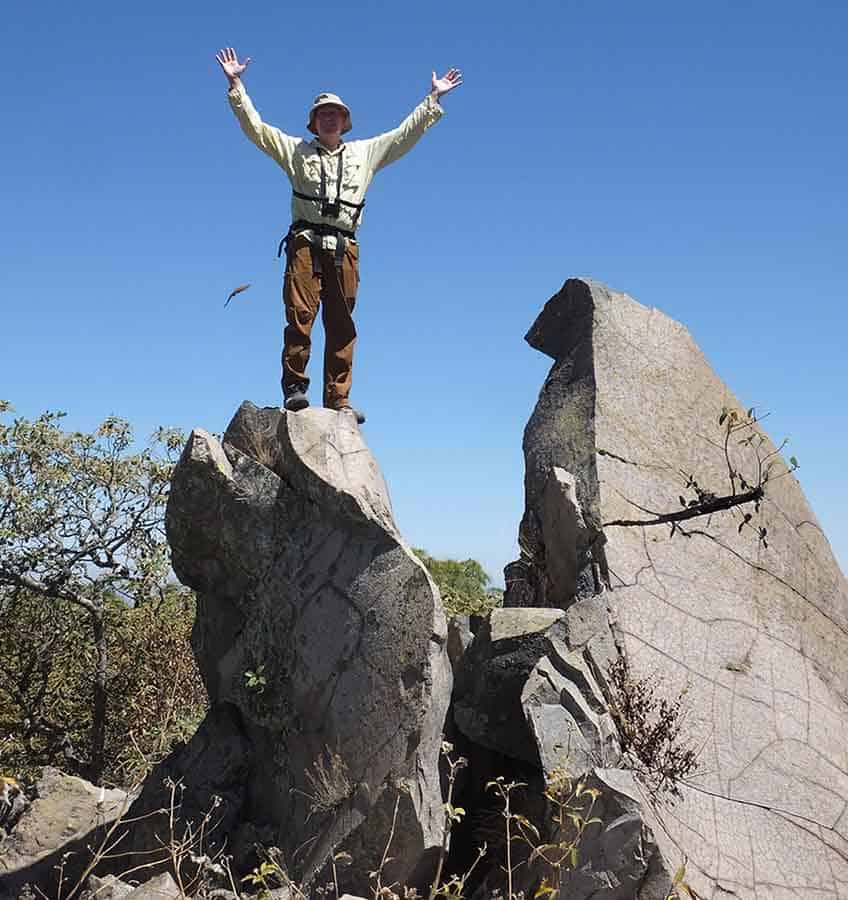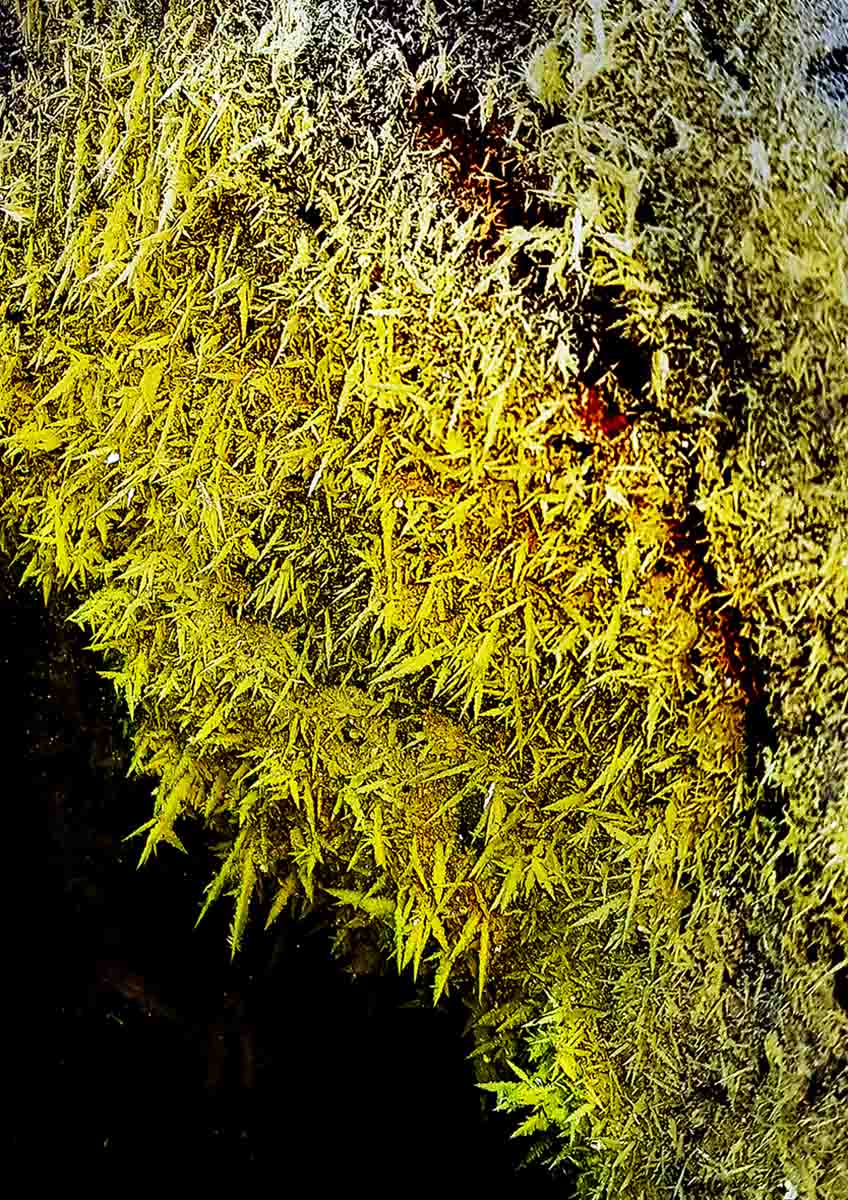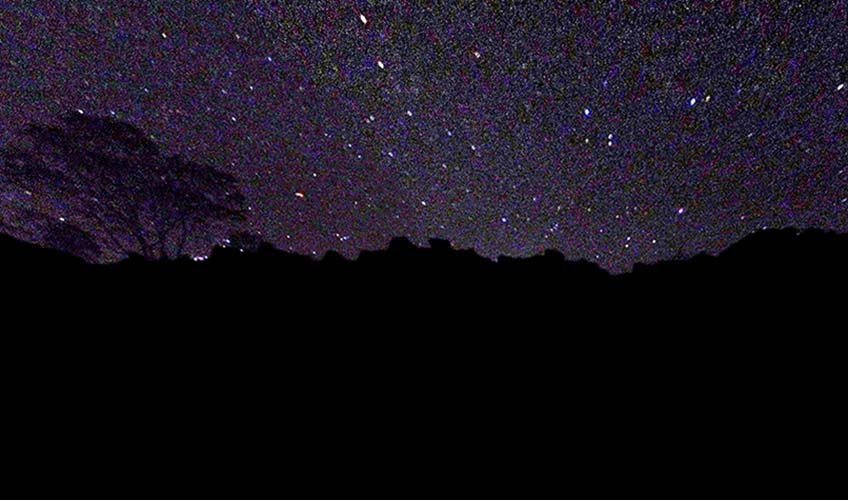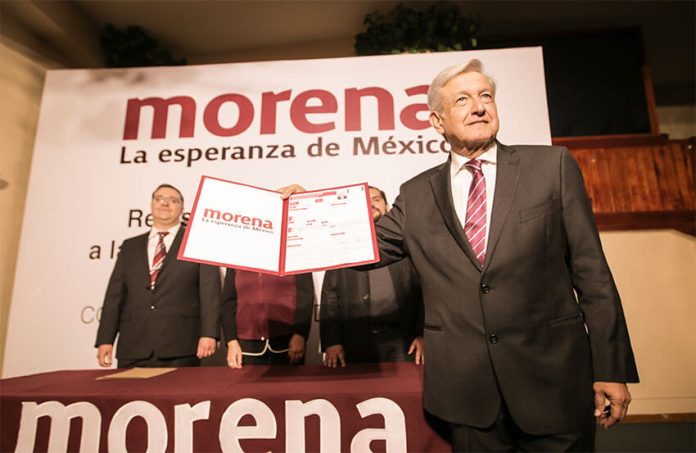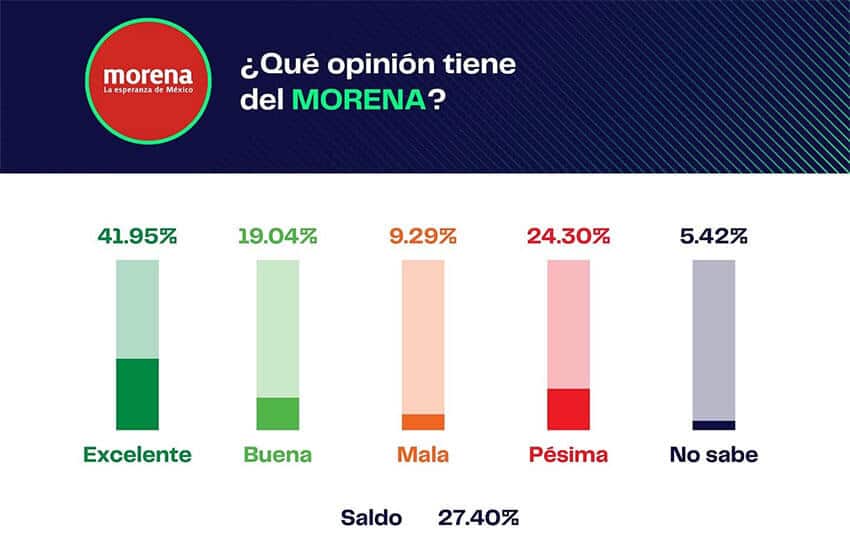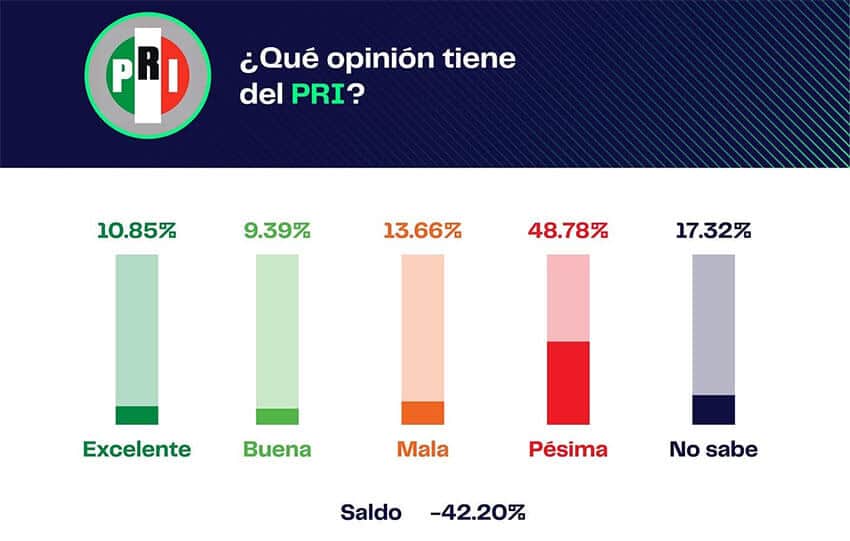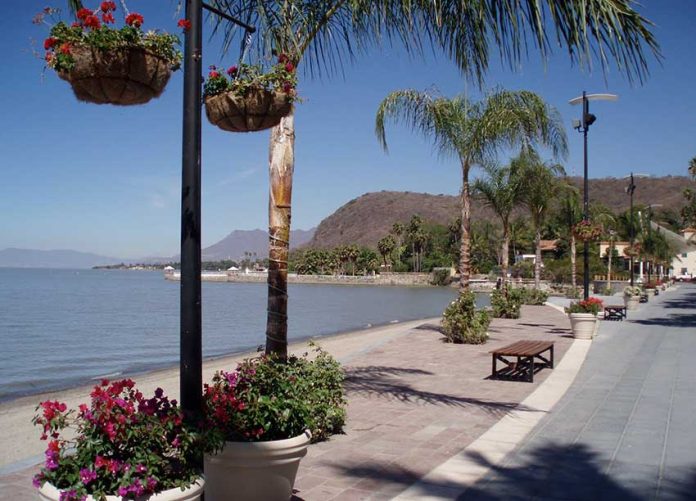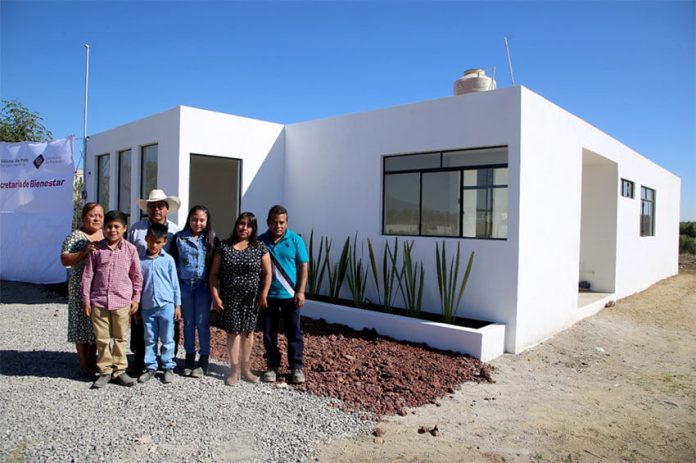They’re the secret to classic adobada, the best enchiladas rojas and, in my opinion, the most irresistible salsas. Guajillo chiles, with their earthy, robust flavor, distinctive dark red color and touch of heat, are the second most commonly used dried chile in Mexican cuisine after ancho (poblano) peppers — and rightly so.
Guajillo chiles are dried mirasol peppers and are almost never used fresh. Undoubtedly, you’ve seen bins and bags of them in your local mercado (or in the Mexican food sections up north); perhaps, like me, you’ve shied away from trying to cook with them yourself.
You can pretty much bet that any dark red sauce in Mexican food includes guajillo chiles; whether on tacos or enchiladas, in pork or beef adobada, their bright, sharp, slightly smoky flavor brings complexity and richness to any recipe.
Dried and ground, the powder deepens the flavor of dark chocolate, wakes up tomatoes and adds pizzazz to comforting soups and stews. (Next time you make brownies or chocolate cake, try adding a tablespoonful of guajillo powder to the batter.)

While you can buy fresh guajillo (WHA-HEE-YO) chiles and dry them yourself, it’s much easier to buy them already dried, sold packaged or in bulk in grocery stores and mercados. They should be pliable and sort of leathery; if they break when you bend them or feel crackly, they’re old and won’t have the flavor you’re looking for.
Once home, keep them in an airtight container — either in a cupboard or, for longer periods, in the freezer. An important note: do wear rubber gloves when handling chiles, as they can irritate the skin.
Salsa de Guajillo
- 10 guajillo chiles, seeds and stems removed
- 3 arbol chiles, seeds and stems removed
- 2-3 cups boiling water
- 2 tomatoes, quartered
- 1 garlic clove
- ¾ tsp. salt, more to taste
In cast-iron pan over high heat, toast peppers until aromatic and their skin deepens in color, about 2 minutes. Remove peppers from pan; place in large bowl. Pour enough boiling water over peppers to cover; set aside 15 minutes.
Wipe out pan, reduce heat to medium-high. Place tomatoes in pan skin side down.
Cook until skins are dark and blistery, about 10 minutes, then mash tomatoes in the pan with a wooden spoon while continuing to cook until completely tender and somewhat reduced, 5 minutes or so. Remove from heat.
Using tongs, remove peppers from water and place in blender, reserving soaking liquid. Add tomatoes, garlic, salt and 1 cup of reserved liquid. Blend until smooth, then strain through a fine sieve, using a spatula to help push salsa through. Taste and adjust salt as needed.
For smoky chipotle salsa: Add 4 dried chipotle chiles to bowl of rehydrating peppers, or add 4 canned chipotle peppers, scraped of their adobo sauce, directly to blender.
Carne Adobada
- 2 dried guajillo chiles
- 1 chipotle chile in adobo (canned)
- ½ small yellow onion, chopped
- 3 garlic cloves, peeled
- 1 teaspoon cumin seeds
- 2 Tbsp. fresh lime juice
- 1½ pounds flank steak
- Salt
- 2 tsp. dried oregano
- 1 Tbsp. olive oil
- ½ cup chopped cilantro
Place guajillos in small bowl. Add hot water to cover; soak until softened, about 10 minutes. Drain, stem and seed the chiles. Using a blender or food processor, purée guajillos, chipotle, onion, garlic, cumin, 2 Tbsp. lime juice and 2 Tbsp. water until smooth. Add another tablespoon of water if needed.

Pat steak dry with paper towels. Season generously on both sides with salt and oregano. Place in a large bowl or resealable plastic bag, add chile marinade and turn to coat both sides. Marinate at least 30 minutes at room temperature or refrigerate for up to 12 hours.
In large, heavy skillet, heat 1 Tbsp. oil over medium-high. Place steak in hot oil, discarding marinade; cook until seared and deep golden brown, 4–5 minutes. Flip and cook until seared and golden on other side, 4–5 minutes for medium-rare. (Or use an outdoor grill.)
Transfer to a cutting board; rest 5 minutes. Slice against the grain.
Enchilada Sauce
- 4 medium guajillo chiles
- 2 cloves garlic, peeled
- 1 (28-ounce) can fire-roasted or regular diced tomatoes
- ¼ tsp. cumin
- Pinch black pepper
- 1 Tbsp. olive oil
- 2 cups chicken/vegetable broth
- Salt, to taste
- Sugar, to taste
Preheat oven to 350 F (177 C). Place guajillos on a baking sheet; heat in oven until puffed up and aromatic, 3–5 minutes. Remove from oven; cool. Stem, seed, then tear into pieces.
Purée chiles, garlic, tomatoes, cumin and black pepper in blender until as smooth as possible. Heat oil in large saucepan over medium-high until shimmering. Using a fine-mesh strainer, strain sauce directly into pan. Cook, stirring constantly, until thickened to consistency of tomato paste, 5–7 minutes.
Add broth, bring to boil, reduce heat and simmer 10 minutes, stirring occasionally. Season with salt and sugar to taste.
Sheet-Pan Chilaquiles
- 6 tomatoes, quartered
- 1 small yellow onion, quartered
- 3 cloves garlic, halved lengthwise
- 1 jalapeño, seeded, halved lengthwise
- 1¼ cups chicken broth
- 5 guajillo chiles, stemmed, seeded, torn into large pieces
- ¼ cup vegetable oil
- 2 tsp. salt
- ½ tsp. ground coriander
- 8 oz. corn tortilla chips
- 4 cups shredded rotisserie chicken
- Toppings: sliced radishes, chopped white onion, avocado slices, queso fresco, cilantro, pickled jalapeños
Using a comal or sheet pan under the broiler, mix tomatoes, onion, garlic and jalapeño; cook until lightly charred in spots, turning occasionally, 10–15 minutes. Transfer to blender.
In small saucepan, combine broth and dried chiles; bring to a boil. Remove from heat. Carefully add broth mixture, oil, salt and coriander to blender; purée until smooth.
Heat oven to 425 F (220 C) degrees. On sheet pan, toss chips with 2 cups of sauce; spread in an even layer. Toss chicken with remaining sauce, arrange on top of the chips; roast until warmed through, about 5 minutes.
Garnish with toppings and serve.
Janet Blaser is the author of the best-selling book, Why We Left: An Anthology of American Women Expats, featured on CNBC and MarketWatch. She has lived in Mexico since 2006. You can find her on Facebook.
